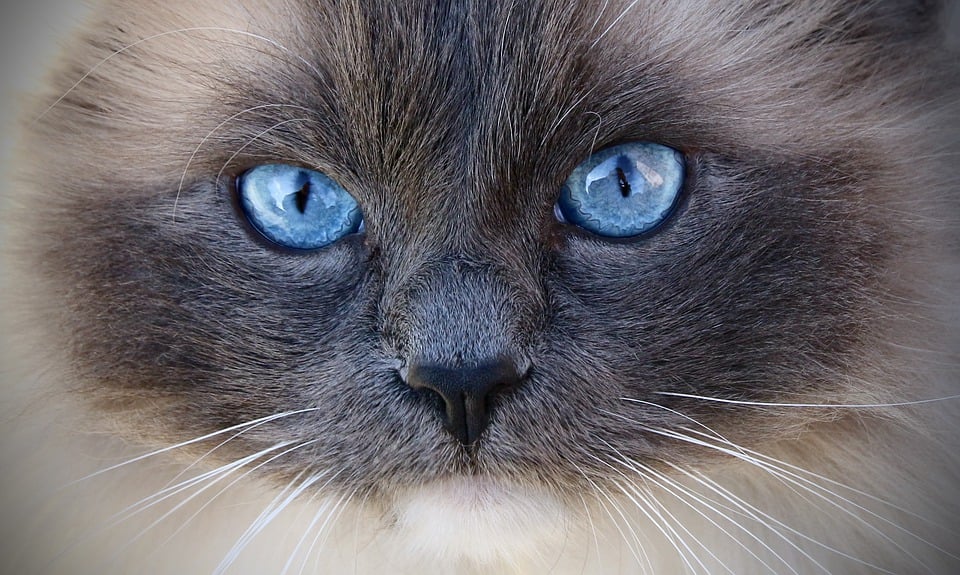Cats are masters at hiding signs of pain or discomfort, making it challenging for their owners to recognize when something is wrong. However, as responsible cat owners, it is crucial to be able to identify these subtle indications so that we can provide the necessary care and seek veterinary attention when needed.
One of the most common signs of pain or discomfort in cats is a change in behavior. If your typically active and playful cat becomes lethargic or shows a decreased appetite, it may be an indication that they are in pain. Cats may also hide or seek solitude more often when they are not feeling well. Additionally, excessive vocalization or aggression can be signs of distress.
Another area to observe for signs of pain is your cat’s litter box habits. If your cat starts urinating or defecating outside of the litter box, it could be a sign of discomfort. They may also visit the litter box more frequently or spend an unusually long time there. Crying or showing signs of discomfort while using the litter box should not be ignored.
Changes in eating and drinking patterns can also be indicators of pain or discomfort. Pay attention to any increased or decreased thirst in your cat. Difficulty chewing or swallowing, excessive drooling, and sudden weight loss or weight gain can also be signs that something is wrong.
Grooming changes can also give us insight into our cat’s well-being. Overgrooming or excessive scratching can be a sign of discomfort. On the other hand, if your cat is neglecting grooming and their coat becomes matted, it may indicate pain or discomfort. Avoiding specific areas being touched or groomed can also be a subtle sign of discomfort.
Physical signs can be more obvious indicators of pain or discomfort. If your cat is limping or favoring a particular leg, it could be a sign of injury or pain. Swelling or inflammation in joints or body parts should not be ignored. Abnormal posture or hunching, dilated or constricted pupils, and rapid breathing or panting can also be signs that your cat is experiencing pain.
To further understand how to recognize signs of pain or discomfort in cats, here are some frequently asked questions:
**Q: My cat seems to be grooming excessively. Could this be a sign of pain?**
A: Yes, overgrooming can be a sign of discomfort. Cats often groom excessively to alleviate pain or distract themselves from it. If you notice hair loss or irritation due to excessive grooming, consult your veterinarian.
**Q: My cat is eating less than usual. Should I be concerned?**
A: A decrease in appetite can be a sign of pain or discomfort. It’s essential to monitor your cat’s food intake and consult your vet if the reduced appetite persists or if other symptoms develop.
**Q: Can cats hide their pain well?**
A: Yes, cats are known to mask signs of pain or discomfort. This behavior is rooted in their survival instincts, as displaying vulnerability could make them targets in the wild. Thus, it’s crucial to pay close attention to subtle changes in behavior or habits.
**Q: What should I do if I suspect my cat is in pain?**
A: If you notice any signs of pain or discomfort in your cat, it’s best to consult your veterinarian. They can perform a thorough examination and provide appropriate treatment or pain management strategies.
**Q: Are there any over-the-counter pain relievers I can give to my cat?**
A: No, you should never give human pain medications to your cat without veterinary guidance. Many medications that are safe for humans can be toxic to cats. Always consult your veterinarian before administering any medication.
Being attuned to your cat’s well-being is crucial for maintaining their health and happiness. By recognizing the signs of pain or discomfort early on, you can ensure that your feline companion receives the care they need. Remember, when in doubt, always consult your veterinarian for professional advice and assistance.








